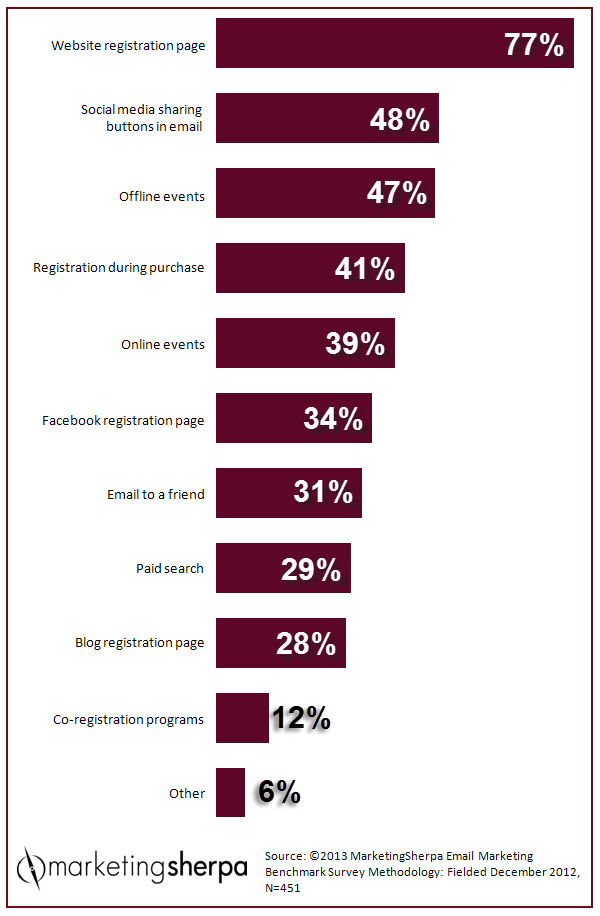Lead Generation: How to build your own list
Last week’s MarketingSherpa B2B Newsletter case study — “Lead Generation: Content and email combine for high-quality list building” — covered an effort by cloud replication and disaster recovery startup company, CloudEndure. The overall basis of the campaign was a process created by CloudEndure’s Vice President of Marketing, Ramel Levin, before he joined the startup. This process Ramel called BYOL, or “build your own list.”
The case study features some of the steps involved in Ramel’s lead gen idea, but since he developed it for a company he worked for before joining CloudEndure, the exact steps he took in putting the process together were not part of the case study.
For today’s MarketingSherpa blog post, I wanted to provide more detail on how Ramel created his BYOL concept.
Ramel said he was in a business setting speaking with a startup company that did website translations when the BYOL idea came to him.
“I was asking them, ‘How do you generate leads for websites that need translations?’ He (one of the employees at the startup) started telling me about all the different ways he was doing it, and he talked about the traditional ways of doing email blasts, going to conferences and doing advertising for pay-per-lead and PPC,” Ramel said.
One method for building high-quality lists
After a bit of thought, Ramel decided that building a list of higher-quality leads would be more effective for this company, and here is the process he developed to do just that.
Step #1: Identify the first stage of target companies
Ramel stated, “So I told him, ‘How about doing the following? How about scanning the top one million websites, based on Alexa or Quantcast, or any other ranking service … and find out how many of those websites have only one language.”
He said, for example, scan the top sites in Germany, and make sure they only have pages in the local language. If the company is in the United States, its website only features pages in English.











